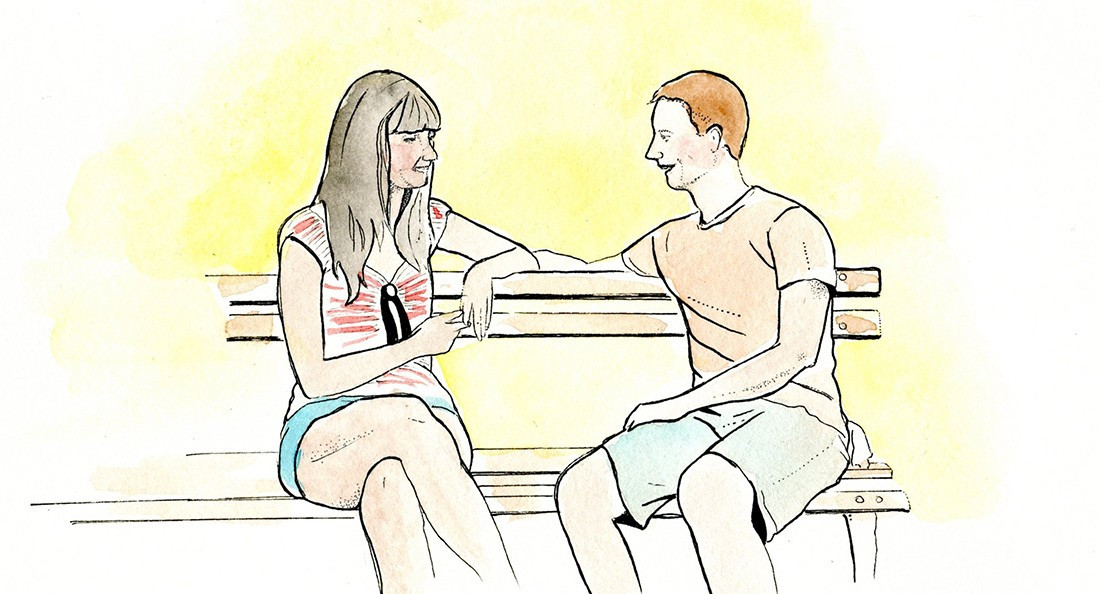This dump is alright
Winnipeg tops the charts for affordability but has some soul searching to do
Putting it mildly, Winnipeg is a city with a mixed reputation. The band Venetian Snares released an album in 2005 titled Winnipeg Is A Frozen Shithole.
When searching the words “Winnipeg is” on Google, the first three phrases to appear were “a dump,” “a death sentence” and “frozen.” The fourth phrase, however, was “a great city.”
Although this was probably just due to an association with the city’s old slogan “One Great City” and not multiple Google queries of the city’s strong points, Winnipeg does have great aspects that should not be overlooked.
In 2016, Winnipeg made the Huffington Post Business Insider’s list of the 10 best cities in Canada for affordability and job prospects. It also hosts a housing and resource support system for immigrants and refugees, which is one of a few of its kind, if not the only one, in Canada.
The city does not come up short in the cultural department either, with many festivals which hold free events, a wide array of authentic and affordable ethnic restaurants, and its status as the soon-to-be-host of the largest collection of contemporary Inuit art in the world.
In short, Winnipeg is actually a decent place to live, and you do not have to be rich in order to live here.
Then where does the bad reputation stem from, and where does the city go from here?
Cities are always changing, and the issues within a city are complicated. But, distilled, it is not difficult to pinpoint the problems that arise from continual growth of suburban neighbourhoods on the periphery of the city and the lack of successful public transportation.
The suburban home is often demonized in television and film, used in shows or movies such as Pleasantville, American Beauty and Edward Scissorhands as an apex of depression or boredom. The truth is that not everyone wants to live in Osborne Village, and an affordable, quiet home with a large yard is attractive to many families.
The problems arise when these large homes are built in neighbourhoods without thought of alternate modes of transportation and proximity to existing public infrastructure like libraries, community halls, schools or even stores like ice cream parlours.
These stores, schools and halls become destinations – be they for children who do not have to wait for a ride from their parents, for the people who work at these places or for retirees who are out during the day to socialize.
When these destinations do not exist, when a community is purely residential, it becomes what is called a “bedroom community.” Residents only reside there in the evening, or when it’s time for bed.
If these bedroom communities do not have access to affordable and reliable public transit, it narrows down the demographic of residents who will inhabit these places to those who can afford a vehicle. The average cost of owning a 2013 Toyota Camry, in 2013, at 18,000 km a year, was $10,456 per year, not including the cost of purchasing the vehicle.
The lack of public transit also excludes those who are independent but are not in a mental or physical condition to drive – people such as the elderly, the blind or the mentally incapacitated.
The harm that follows from grouping same people with same is a lack of diversity in one’s life and a lack of empathy that might stem from not seeing poverty, suffering or even just different ways of living on a daily basis. In other words, “out of sight, out of mind.”
When there are no reminders of people other than the ones you are familiar with, the rights and freedoms of the “others” may become unimportant. This is not to mention the lack of visual stimuli in suburban neighbourhoods and the growing obesity rates that correlate with suburban lifestyles.
According to the Council for Canadian Urbanism, two-thirds of Canadians live in neighbourhoods classified as suburbs. This number consist of a voting majority – and if voters do not see pervasive issues beyond their own, they are not likely to be voting in favour of a governing body that acknowledges those issues.
The result can be a lack of investment in public programming, but more importantly, a lack of knowledge about what kinds of public programming and infrastructure need to be built.
This is not to say that everyone who lives in a suburb is ignorant and selfish. This is obviously not the case. But places like bedroom communities make it easier to ignore what is happening outside of one’s own world.
And when there are politicians next door making sweeping legislation to hinder the well-being of refugees or undermine the reproductive choices of women overseas, this lack of empathy reveals itself in very real consequences.
The good news is that the future is held in the hands of Winnipeggers and in the choices they make about how they live their lives. These choices stem from simple questions, such as “Where should I live?” and “How should I get to work?”
If the answers to these questions are ones which promote mixed-income neighbourhoods and support adequate public transportation, perhaps a “great city” is not so far away.
Kyla Crawford is a graduate of the environmental design program at the University of Manitoba and a self-proclaimed urban advocate.
Published in Volume 71, Number 26 of The Uniter (March 30, 2017)







